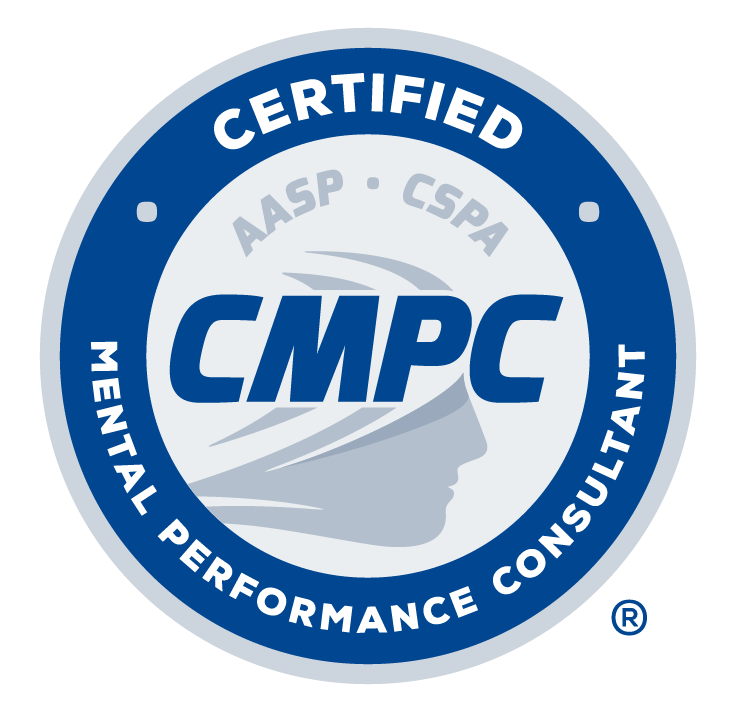Starting & Continuing a Walking Program: “Get into the Blue”
Sean P. Mullen, M.S. and Diane E. Whaley, Ph.D
University of Virginia
Beginning a walking program is one of the best ways to add physical activity to your day. If you have been inactive for awhile or unable to maintain regular physical activity, walking is a good place to start (or re-start). In this article we “debunk” some of the myths about exercise and offer suggestions for how you might start your own walking program by setting realistic goals to move as often as you can. A helpful analogy is to picture a traffic light where the colors are analogous to levels of physical activity: consistently inactive (Red), inconsistently active (Yellow), and consistently active (Green). Shooting for Green all the time is unrealistic. Therefore, the goal is to aim for somewhere between Yellow and Green, or what we call “Getting into the Blue” (a mixture of the two colors).
Rookie exercisers tend to set high expectations and they also get frustrated because they buy into the commonly held myths about exercise including:
- I’m not losing weight, so my exercise program must not be working.
Once you commit to a walking program you will benefit from lots of things such as enhanced mood, increased leg-strength & flexibility, and improved mobility. There is also evidence that walking at moderate to high intensities may have cognitive benefits as well. Over time, with sufficient walking intensity, your metabolism will improve as a result of increased lean muscle mass on your body, but this takes time. Be patient for your weight to go down on the scale and while you’re waiting take notice of all the other positive changes that are more important to your overall health and well-being. - No pain, no gain. After just one stroll in your neighborhood or around your workplace you will likely feel better and less stressed. It is quite possible that you’ll experience increased concentration too. These improvements have been observed during and immediately after one short bout (15-20 minutes) of exercise. So even if you haven’t been regularly exercising, one short walk will have a positive effect. Note that this is even a myth in the weight room. New trainees, for example, have exhibited strength gains on upper and lower-body exercises after just one repetition of minimal (5 lbs.) resistance for up to six training sessions.
- I was inactive during my childhood so there’s no point in me being active now. Starting young may be ideal to establish healthy habits, but starting later in life may be the best time to notice and feel real changes in daily functioning. People are living longer and the idea is to live longer and better when you reach your 70s, 80s, and 90s. If you start in your 40s and 50s, you are more likely to be active in your later years.
You can start walking with nothing more than a comfortable pair of shoes, but to do it right, you should assess your current activity level, set goals, and monitor your progress. To do this, it is helpful to have the following three tools:
Pedometer. You can purchase one at any sporting goods or “big box” store. A basic one that counts steps is all you need, but fancier models are available that measure distance, calories, etc.
Walking map (pull it out of the phonebook, or find your route online via Google>Maps and print it out). Find a comfortable, but optimally challenging walking route for home, work, or both.
Log book or electronic tracking system. You can purchase an exercise log book at any bookstore or you may signup for a free account online (for example, www.americaonthemove.org, AOM, is a national web-based initiative to improve physical activity levels of Americans). If the log book is too much to remember to carry around, go electronic!
Starting your walking program:
First, find out how active you are by walking around with your pedometer for one week to establish a baseline. AOM recommends that Americans should get 10,000 steps per day; this can be a tough target, so other programs focus on increasing your steps by 10% each week, with the ultimate goal of 10,000 steps averaged each day. Make deliberate attempts to add steps, such as taking the stairs instead of the elevator, or walking down the hall at work to personally talk with a coworker rather than sending an e-mail.Here are some other things to consider that will keep you motivated:
Avoiding personal roadblocks:
The “All or Nothing” Mistake. Did you just skip the rest of the week’s sessions because you missed one day of walking and “already messed up”? This all-or-nothing phenomenon is not the type of mistake you want to make. It is OK to give yourself a day off or to miss a day here and there (or even an entire week that might be atypically stressful). Just set a make-up date or simply start again at your earliest convenience.
Plateaus in progress. Continually change your walking intensity (walk faster, include more hills, or increase your distance) to keep your heart, mind, and muscles on their toes. If you constantly switch things up, you will keep challenging your body.
Manage external roadblocks you cannot avoid:
Rain. Try walking in the rain with an umbrella or parka – you won’t melt, we promise! If that doesn’t suit you, make more of an effort to walk around INSIDE and try to get outside the next opportunity you get.
Time. Schedule a walk before your work schedule gets hectic (e.g., arrive early at work wearing sneakers to take a few laps before work begins)
Feeling Sore. No pain no gain is a myth, however, you may at times feel uncomfortable from exerting yourself more than you’re used to. But once you get used to it, you won’t notice it. If you aren’t feeling anything at all, it might be time to increase your intensity level!
Getting Sick. If you feel too ill to exercise, get some sleep, eat healthy, and concentrate on getting better. Once you’re well enough to go to work, you can slowly return to your walking routine.
To summarize, the key to staying motivated and getting what you want out of any type of physical activity program is setting realistic goals, monitoring your progress, and avoiding and managing barriers that you are likely to encounter. You should also reward yourself for accomplishments along the way, such as buying a new outfit. You will find that it is nearly impossible to exercise every day. If you can remember to “Get into the Blue” (be active as often as you can), you will avoid common frustrations, the most common of which comes from the notion that being an exerciser is a “means to an end”. It is not. To achieve success with your walking program, walking needs to become part of your lifestyle, “the end”!




